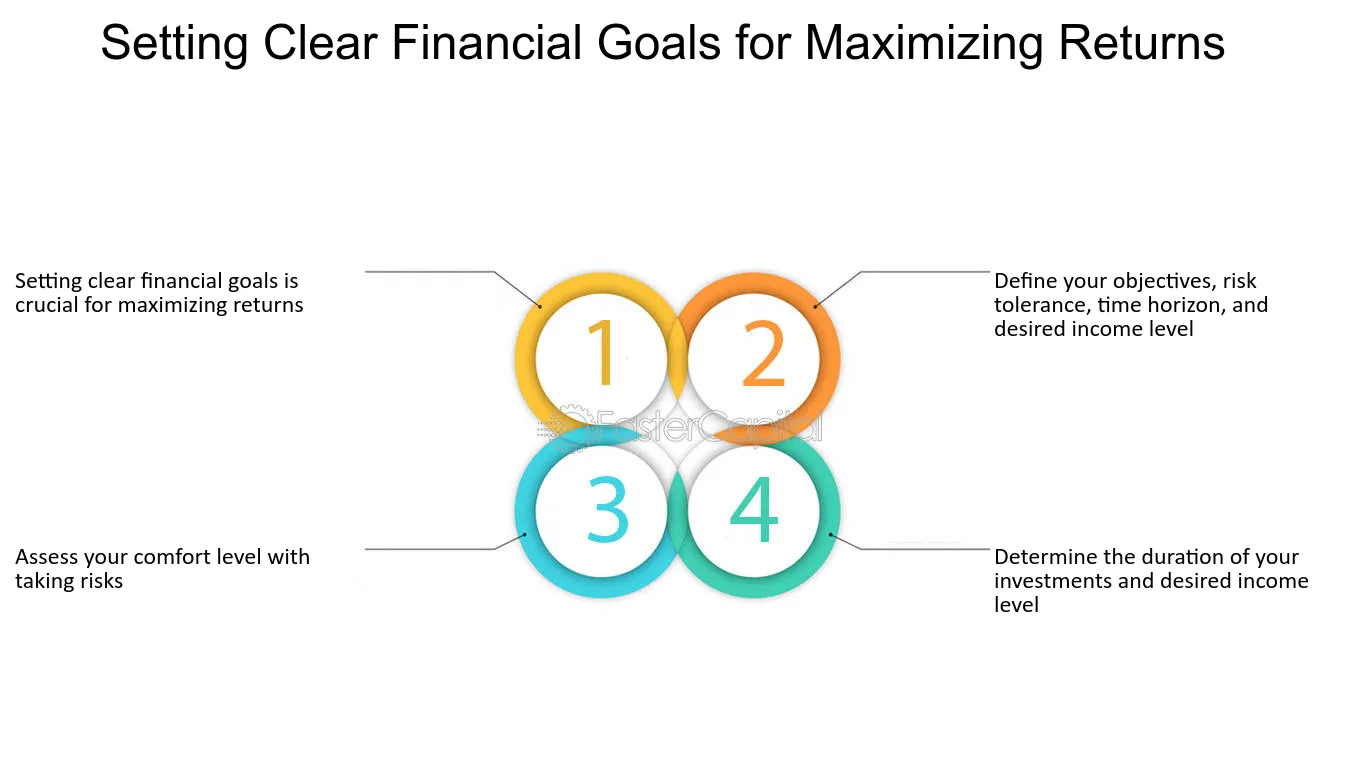Achieving a significant return on investment (ROI) is a central goal for most investors—whether amateur or seasoned veterans. A 20% return on investment represents a high benchmark that many aim for, but it implies both substantial returns and inherent risks. In this comprehensive guide, we will explore the basics of what constitutes a 20% ROI, examine the strategies that can help achieve this goal, and discuss how to carefully manage the risks involved.
Understanding how to secure a 20% ROI begins with grasping basic investment principles and recognizing the types of investments that have the potential to yield such returns. High-return investments often exist in markets and sectors with higher volatility compared to conservative assets like bonds or savings accounts. To effectively target a 20% ROI, an investor needs a well-crafted strategy tailored to their financial goals, risk tolerance, and investment timeline.
Setting expectations realistically is also imperative. While the allure of high returns is strong, the path to achieving them requires discipline, informed decision-making, and sometimes, patience. This guide will cover various high-return investment options such as stocks, real estate, and other vehicles, and discuss how market research, diversification, and risk management play roles in cultivating an investment portfolio that aims to reach or exceed a 20% return.
In the following sections, we’ll delve deeper into the specifics of achieving this ambitious ROI through several different investment avenues, highlight the importance of sound financial advice, and point out common pitfalls to avoid. We will also share real-world examples to illustrate key concepts and strategies that have successfully met or surpassed the 20% ROI threshold.
Introduction to 20% Return on Investment: Understanding the Basics
Achieving a 20% ROI means that for every dollar invested, the investor aims to earn 20 cents on top of the original dollar over a set period. This level of return is ambitious and significantly higher than the average stock market return, which historically hovers around 7-10% annually when adjusted for inflation.
Investors looking toward such high returns typically engage in markets known for their potential high yields, such as certain sectors of the stock market, real estate, or emerging technologies. However, with the potential for high rewards comes greater risk. It is essential to understand the volatility and market forces that can impact these kinds of investments.
The achievement of a 20% ROI doesn’t only rely on choosing the right assets but also involves timing the market effectively. Buying at lows and selling at highs, although easier said than done, is a fundamental principle that requires both research and intuition. Continuous education and staying updated with market trends significantly aid in making informed decisions.
Setting Realistic Investment Goals and Expectations for High Returns
When aiming for high returns, it’s crucial to set realistic goals and to be fully aware of one’s financial situation and risk tolerance. Not all investment strategies are suitable for every investor, as each individual’s financial background, income stability, and investment timeline vary considerably.
- Define Clear Objectives: Are you investing for short-term gains, long-term security, or a mixture of both? Understanding your objectives will help tailor your strategy.
- Assess Your Risk Tolerance: High returns often come with high risks. Assess how much capital you’re willing to expose to higher-risk investments.
- Review Regularly: Financial goals and personal circumstances can change. Regular review of your investment strategy is key to ensuring it remains aligned with your objectives and market conditions.
Setting benchmarks and performance metrics can help investors stay on track and make adjustments as needed. By marking progress, investors can also psychologically manage the highs and lows associated with high-stakes investing.
Exploring High-Return Investment Options: Stocks, Real Estate, and More
Stocks
Investing in stocks is one of the most common methods to achieve high returns. Growth stocks, or stocks that are anticipated to grow at an above-average rate in comparison to other stocks in the market, are particularly attractive. However, they also carry a higher risk of volatility.
- Choose stocks based on thorough market research, financial performance analysis, and future growth potential.
- Consider tech startups or firms developing innovative products that may disrupt the market, but be prepared for the possibility of failure.
- Engage in active trading only if you have the time and skills to analyze short-term market movements effectively.
Real Estate
Real estate investment can provide excellent returns through capital appreciation and rental income. Whether in commercial or residential sectors, property investments require significant upfront capital but can yield high long-term returns.
- Identify up-and-coming areas that might increase in value.
- Consider factors like location, local market trends, and economic indicators influencing property values.
- Explore real estate investment trusts (REITs) if direct property management is not desirable.
Other Investment Vehicles
Other high-return options include bonds, commodities, Forex, hedge funds, and private equity.

